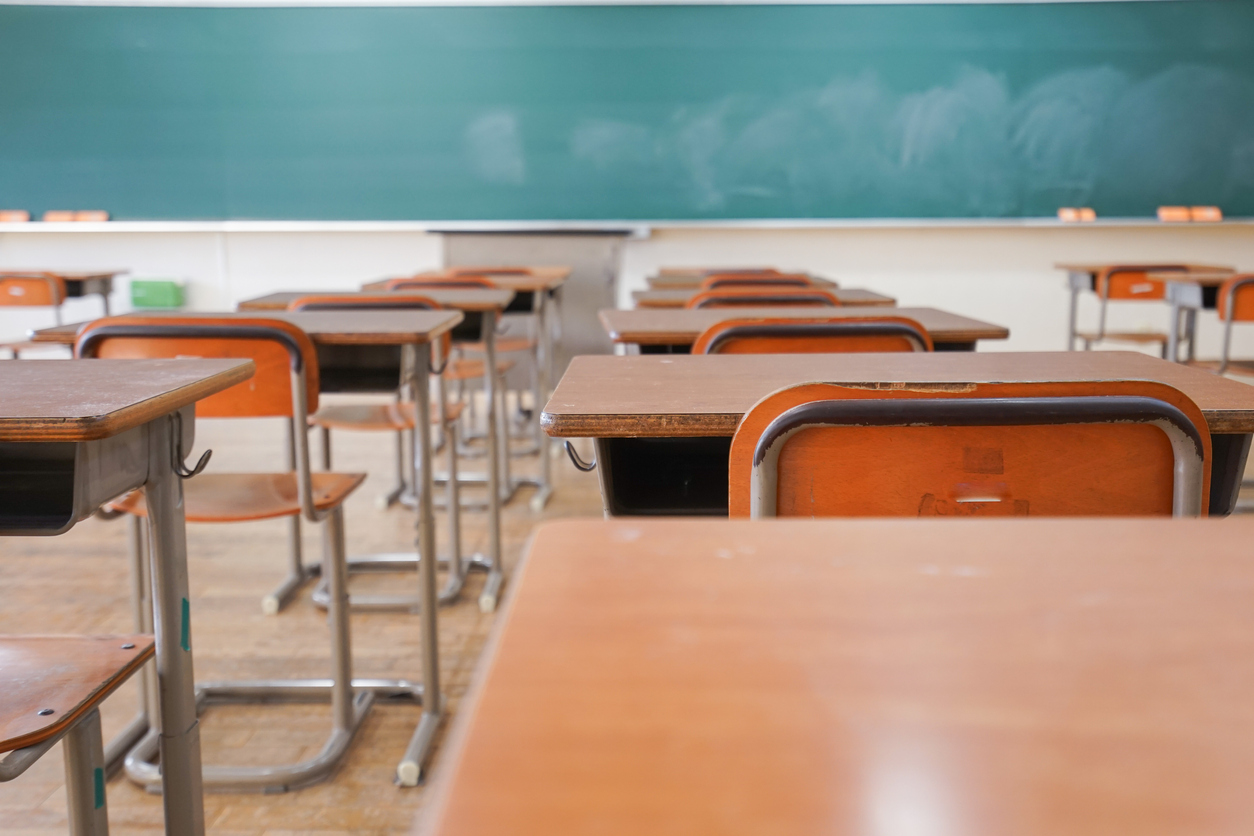
Get ready for higher taxes — for the children
Originally published in The Daily Record
For Maryland Democrats, boldly taxing beyond where they have been before for public education is a mark of character.
Forget whether taxpayers can afford their $4 billion extra per year dream as laid out by the Kirwan Commission. The only question is how to find the money to spend almost 10 percent more than the current state budget. To even question William “Brit” Kirwan, the former chancellor of the University System of Maryland heading the group exploring ways to improve state public schools, makes one a “nihilist” or a “reactionary,” as Gov. Larry Hogan has been labeled numerous times.
No plan can be considered solely by its goals, however lofty. Cost is essential under every circumstance, especially when Maryland is anticipated to have a $1 billion deficit by 2021 with most state spending tied up by mandates. Given fiscal circumstances, paying for Kirwan’s directives, including universal pre-kindergarten for low-income students and higher teacher salaries, will require major property and income tax hikes.
Hogan estimates that families will owe an extra $6,200 in taxes over the next five years to fully fund the recommendations. Even many backers say it will take more than state gambling revenue and legalizing and taxing marijuana to cover the looming bill. Pretending otherwise as some legislators have done to garner support is irresponsible and reprehensible. So is saying – as Kirwan did – that Maryland is a rich state that just needs the will to make the recommendations happen.
Across the state
Has Kirwan been to Somerset, where the median family income is $39,000? Or what about Allegany, where the median family income is $45,000? Regardless of income, state residents are some of the most likely in the United States to live paycheck to paycheck because of the state’s high cost of living. And a 2018 survey by United Way of Central Maryland found that 38 percent of Maryland’s families can’t afford the basics including housing, food, child care and transportation.
So where are the rich he was talking about? And more importantly, where will Maryland’s many struggling families find the resources to pay more than their current tax bills?
Even if higher taxes temporarily cover the $4 billion bill, their impact could be devastating on the long-term health of the state. Remember when the state lost over $1 billion in tax revenue from high-net worth families leaving from 2007 to 2010 because of the millionaire’s tax? And thousands of people are leaving high-tax states around the nation, including Maryland, because of federal legislation limiting to $10,000 the amount of state and local taxes residents can deduct from their IRS bill.
Last year outgoing Montgomery County Executive Ike Leggett, a Democrat, said high-income families leaving were causing a huge budget headache for his jurisdiction. “The wealthy play a very disproportionate impact. So when people like (Washington Redskins owner) Dan Snyder say, ‘I’m getting ready to move to Florida,’ I’m going to go and try to bring him back,” Leggett said.
Poorer families are taking their place, meaning new taxes imposed to pay for the Kirwan recommendations will be fielded by a shrinking pool of those able to afford them.
Lastly, will spending more on state public schools improve student learning?
School performance
If history is a guide, more money isn’t the answer. Spending on Maryland public school students has risen 45 percent in the last two decades in inflation-adjusted dollars. During that time, the state raised its standards, hired significantly more teachers and staff and lowered the student-teacher ratio.
The results of that experiment failed. As Kirwan noted recently, less than 40 percent of Maryland public high school graduates can read at a sophomore level and know math well enough to pass a first year algebra exam. And as a report from the Maryland Higher Education Commission details, 52 percent of those same graduates who attend a two- or four-year college and university in the state need remedial classes. Racial disparities over the past 20 years have endured, too.
Before legislators force Maryland residents to pay $4 billion more for reforms untethered from a guarantee they will work, why not follow the lead of places like New Orleans and Washington, D.C., where expanding public charter school choices have improved learning for thousands of students without bankrupting residents.
Unlike traditional public schools, charter schools that aren’t working can be closed quickly. And Maryland wouldn’t have to reinvent the wheel. Successful charter operators exist already and could quickly take over Maryland’s many failing schools, improving financial transparency, choice and outcomes for those who need it most.
What’s “reactionary” and “nihilistic” is doing the same thing over and over again and expecting different results.
Marta H. Mossburg is a visiting fellow at The Maryland Public Policy Institute. Reach her at mmossburg@mdpolicy.org.






